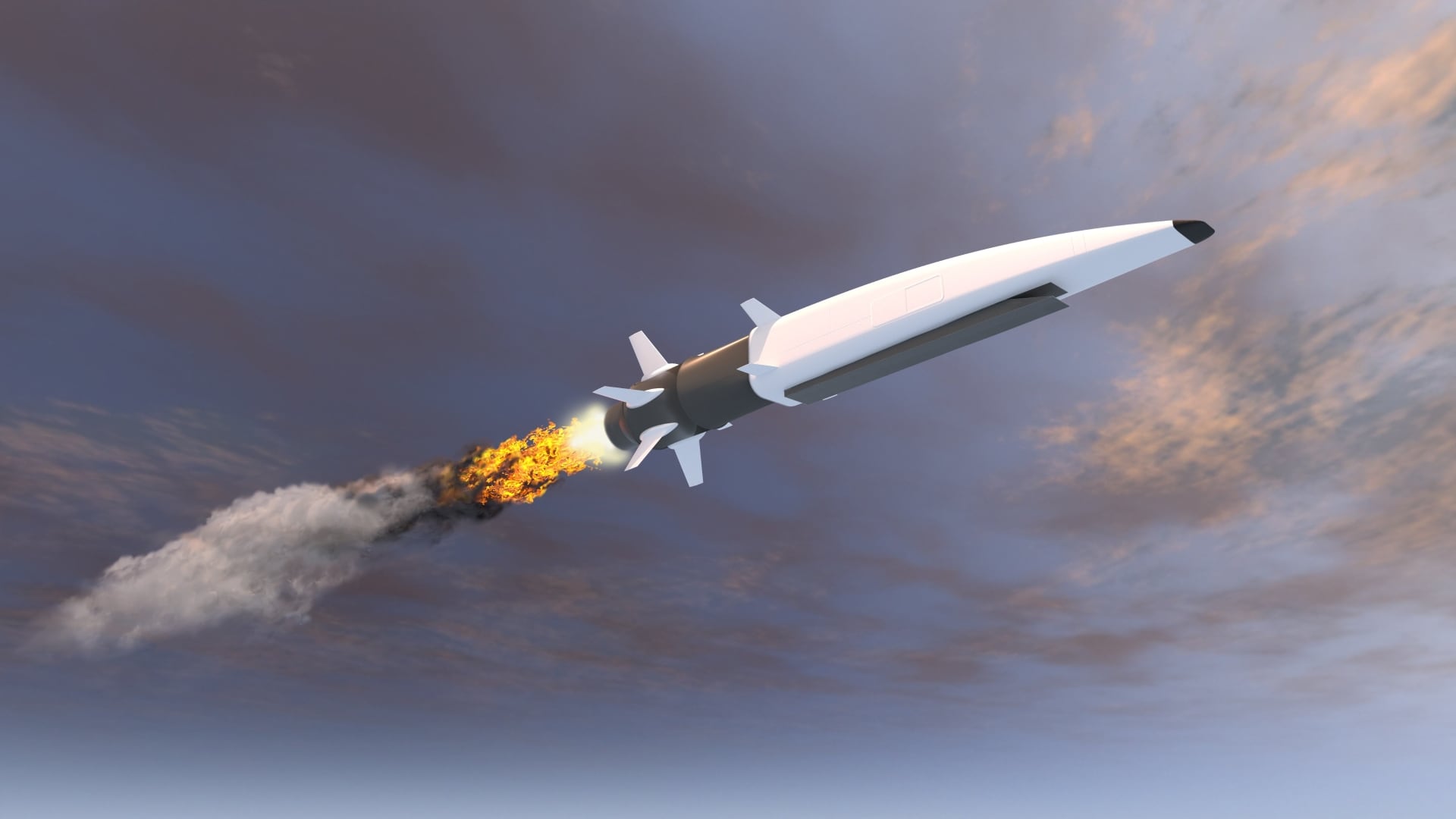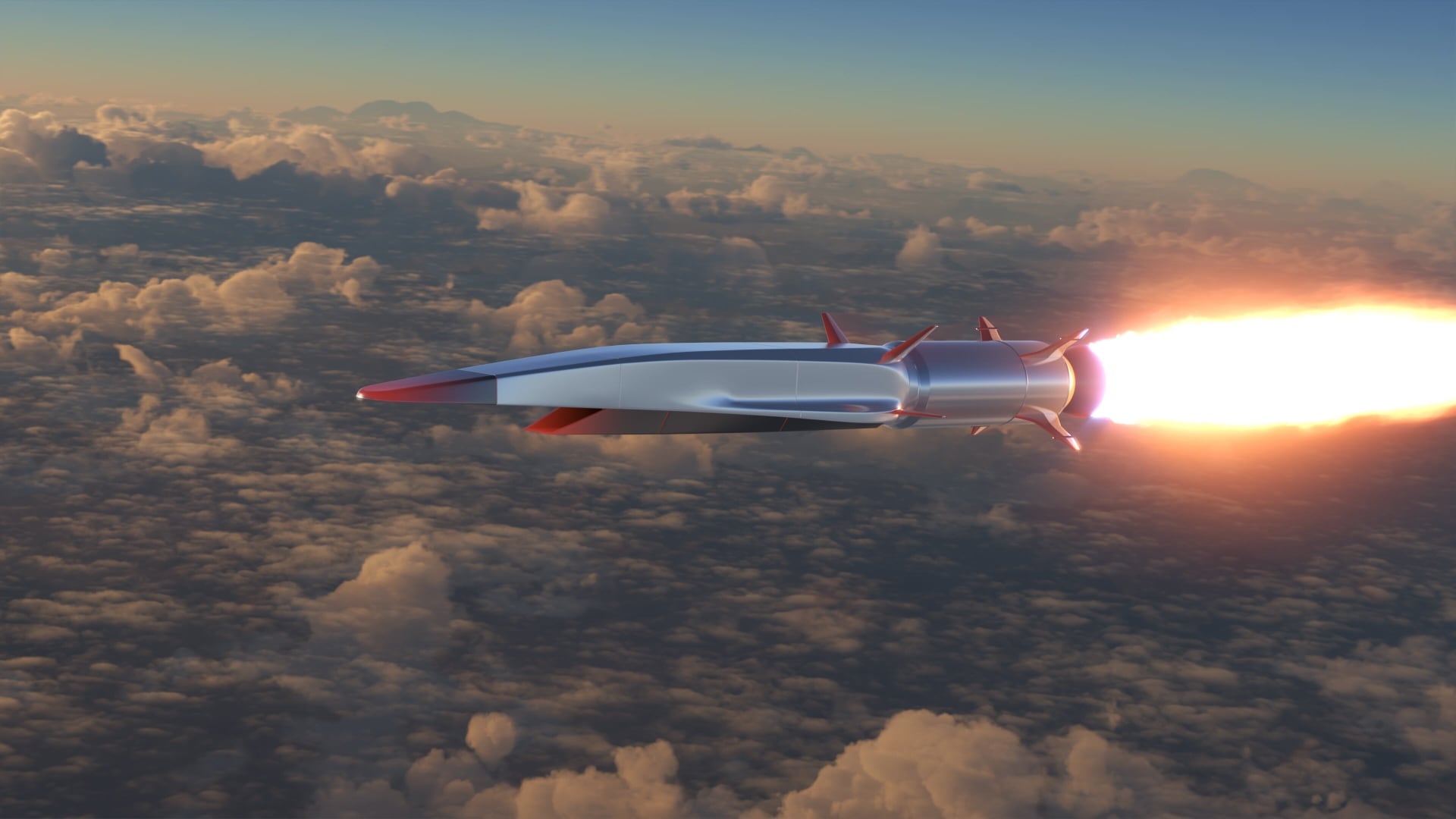U.S. Navy leaders want the information they receive from sensors and traditional intelligence, surveillance and reconnaissance tools to more seamlessly feed into the service’s combat systems as a way to eventually improve how the service searches for targets.
Vice Adm. Brian Brown, the commander of Naval Information Forces, said the Navy as part of a new campaign is taking the first steps toward that goal. Brown spoke on a panel at the West 2019 trade show in San Diego about how the Navy can become more lethal and improve its readiness to fight.
“We’re trying to link the combat system side more tightly to the C4I side because it really is a single continuum from battlespace awareness to targeting,” he said.
In an interview with C4ISRNET after the panel, Brown said he is working with leaders at the Space and Naval Warfare Systems Command as well as at Naval Sea Systems Command to explore common data standards, interfaces and the framework for cooperation. This would include looking for ways a combat system such as the Ship Self-Defense System, used for anti-air defense, could feed into a network such as the Consolidated Afloat Networks and Enterprises Services, or CANES, which is used for command, control, communications, computers and intelligence.
“There are several interfaces there where data can flow back and forth,” he said. “The idea is, simply, as technology goes on, these two environments are getting closer and closer. We want to make it more seamless. You would want to be able to pull sensor-type battlespace awareness data from the traditional combat system side into the more tradition C4I side to be able to do targeting and other things with it.”
Specifically, Brown said he is working with the chief engineers at SPAWAR’s C4I program office and the Naval Sea Systems Command’s program executive officer for integrated warfare systems.
While those systems have similarities, today their data is largely separate.
“It’s a little more siloed," he said. “We’re breaking that piece down.”
The long-term goal of connecting those systems, he added, is to “improve the ability of the things we do in the high-end fight.”
The Navy has increased its focus on information warfare in recent years. In August 2018, the Navy created its information warfare enterprise, to align its efforts throughout the service. Brown, Vice Adm. Matthew Kohler, the director of naval intelligence, and Rear Adm. Christian Becker, the head of SPAWAR, serve as the group’s executive committee. In addition, in 2017, the service created a Naval Information Development Command for advanced training in information warfare tactics.
During a keynote address to kickoff the conference, Adm. John Richardson, the chief of naval operations, told the audience that the advent of information warfare “changes everything,” including the character of warfare and the speed of operations.
“We’ve just got to think more creatively in terms of competing effectively,” he said.
Mike Gruss served as the editor-in-chief of Sightline Media Group's stable of news outlets, which includes Army Times, Air Force Times, C4ISRNET, Defense News, Federal Times, Marine Corps, Military Times and Navy Times.








